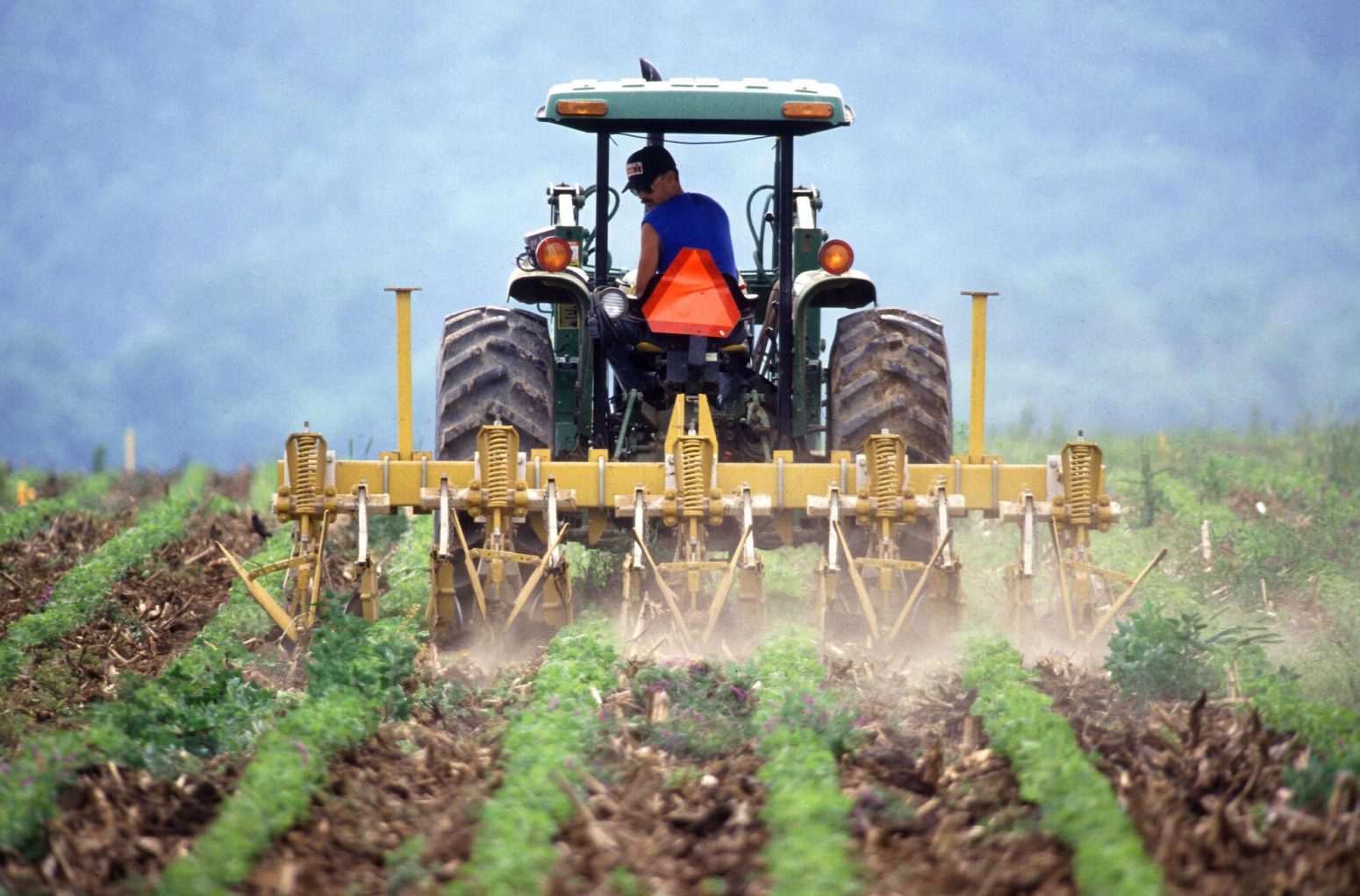In November, Absa published its Agricultural Outlook: Spring Edition for 2017/2018, comprising of a range of topics and contributing thoughts from the bank’s Agribusiness team. The Outlookspoke to trends and challenges in the sector and opportunities for the year to come.
Looking back, the drought in South Africa’s summer and winter rainfall regions, as well as a weakening rand, had a significant impact on the gross production value of agriculture for 2017. This year saw drought conditions predominantly take its affects in the Western Cape and Karoo regions of South Africa, which impacted negatively on fruit and livestock production.
However, leftover nutrients in the soil from previous seasons, together with favourable rainfall in other parts of the country, resulted in record-high dryland yields for maize and soya bean for farmers based further inland.
Sunspot variations have a major impact on droughts and flooding as past weather data depicts. Severe droughts in summer rainfall regions of South Africa were associated with decreasing sunspot activity whilst improved rainfall conditions were associated with increased sunspot activity.
Severe droughts which occurred in 1933, 1942, 1966, 1983, 1995, 2007 and 2016 were all recorded during decreased sunspot activity. Longer term trends suggest that the summer rainfall region is likely to enter a wetter phase, with the sunspot cycle now very close to the lower turning point, and entering the increased activity phase from 2019.
With that being said, there are still notable headwinds moving into 2018 which can affect the farming sector. Weak global growth and local policy uncertainty would impact the economy negatively, and can lead to unintended consequences if further downgrades should follow.
As the agricultural sector is largely export driven, it is hedged against the negative impact of a major credit downgrade, with farmers susceptible to higher borrowing costs and depressed local demand.
The El Niño-related weather conditions experienced in 2016 changed to weak La Niña-related weather conditions in 2017. The implications of La Niña include average to above-average rainfall for the central to western parts of the country, with eastern parts of the country experiencing drier conditions.
These medium-term phenomena, can now play an important role in determining rainfall conditions for next season.
The expected increase in the crude oil price will also impact negatively on production costs, and global surplus in commodities may lead to lower producer prices across the board.
Opportunities and Risks
Farmers, who have come out of a tough spell, can breathe some relief as weather conditions are expected to improve in the coming seasons.
Farmers are increasingly diversifying their produce, pursuing trending commodities that have enjoyed an uptake in demand. In the past few years, the AgriTeam has seen a rise in popularity in produce such as avocados and macadamia nuts, as the global middle-class spends more of their disposable income on a diverse diet.
South Africa has become one of the world’s largest producers of macadamia, with our farmers well positioned to capitalize on the rising trend as more macadamia are predicted to be used in processed foods in future.
In 2017, crop yields were 11% higher in the country, with an expected 42 000t to come in after many production regions received better rainfall compared to the previous period.
Increased planting and adequate rainfall is expected to boost production in 2018. Producers in South Africa are continuing to expand their macadamia operations, predicting an uptick in global demand, increasing plantations on average by 3 500ha per annum.
Looking ahead
As weather patterns are set to become more favourable for farmers, populations grow and demand for food increases, with aging farmers, and with a healthy labour market, most factors seem to align for existing, and new entrance into the sector.
Existing farmers should limit unnecessary exposure to debt, and become increasingly self-sufficient in terms of financing operations. Discard unproductive assets, while improving financial capacities and leveraging new debt.
New markets, technologies and a wealth of data, have the ability to provide the necessary room for newcomers into the sector, to which our business, GDP numbers, and future hungry tummies, will gladly welcome.









